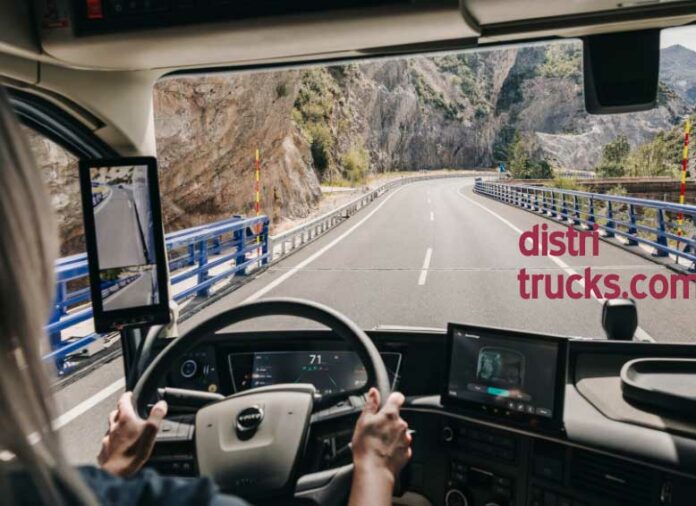Volvo Trucks and Daimler Truck start developing joint truck electronics. Joint venture Coretura starts in Sweden with 50 employees.
Daimler Trucks and Volvo Trucks have opened the doors of their new joint venture in Gothenburg for the development of a joint new truck concept. For the time being, 50 employees will be working on developing such a platform. The name: Coretura. The partners invite other truck manufacturers to join in, in order to develop a new joint electronic standard platform in which the digital functions are the same and interchangeable. This new standard can then be used to develop trucks with brand-specific properties and identity.
The announcement comes as no surprise: last year, Volvo and Daimler had already expressed their intention to start this initiative.
The idea is not new in the world of commercial vehicles. For example, there are already collaborations between Stellantis and Toyota, and Iveco and Hyundai. In marketing and sales, these companies work independently of each other and are each other’s competitors. In heavy commercial vehicles, for example, we see many shared components at Renault Trucks and Volvo Trucks, but they are sister companies.
Karin Rådström, CEO of Daimler Truck: “With Coretura, we are focusing on software development for commercial vehicles. This is a big step – not just for us, but for the entire industry and our customers. Together, we are starting the digitally driven future of trucks and buses, ultimately making commercial vehicles smarter, more connected and more efficient than ever before.”
Martin Lundstedt, CEO of the Volvo Group: “By using advanced technology and collaborative innovation, we are laying the foundation for a new era of connectivity and efficiency in the industry. This collaboration underlines our commitment not only to improving our products, but also to paving the way for sustainable and intelligent transport solutions.”
Coretura’s activities also include the specification and procurement of electronic components, specifically for commercial vehicles and suitable for processing large amounts of data. This will decouple software and hardware development cycles, allowing end customers to purchase and update digital applications wirelessly.





